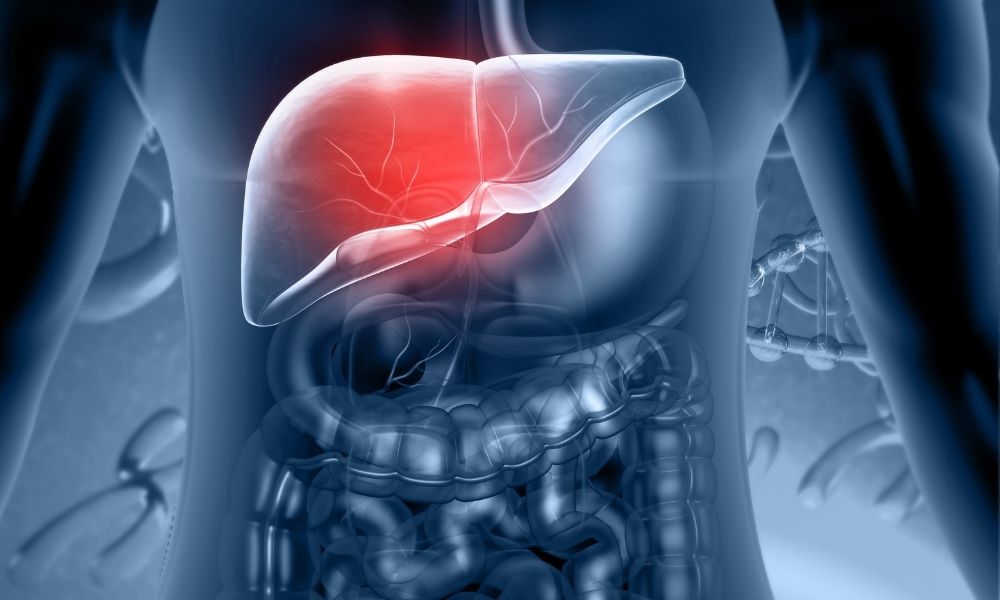
When a person ingests a drug, it undergoes metabolization or excretion. The liver serves as a filter for the bloodstream and is responsible for how drugs are metabolized in the body. In pharmacokinetics, the study of how drugs move inside the body, it’s imperative to understand the effects of liver disease on the rate of drug absorption. When drugs enter the liver, the enzymes convert drugs to metabolites or inactivate them. If liver diseases, such as cirrhosis or nonalcoholic fatty liver, are present, this can significantly reduce the liver’s capacity to metabolize drugs. This briefing discusses how liver diseases impact drug metabolism by examining the metabolic alterations associated with common liver ailments.
Primary Biliary Cirrhosis
Primary biliary cirrhosis is a liver disease where the immune system attacks the bile ducts. The buildup of bile damages the liver and leads to a fibrous thickening of tissue known as cirrhosis. Cirrhosis is a type of scarring in the liver that’s a prime example of how liver diseases impact drug metabolism. Cirrhosis changes the structure of the liver, which alters blood flow and the protein binding process. These alterations deteriorate the organ’s tissue and compromise the production of drug-metabolizing enzymes in the liver.
Alcohol-Related Liver Disease
Alcohol-related liver diseases occur from excess alcohol intake that impairs the liver from regenerating new cells to repair itself. Alcoholic liver disease can be categorized into three stages: fatty liver, alcoholic hepatitis, and fibrosis. The liver filters alcohol by two drug-absorbing enzymes and alters the absorption rate of other drugs. Chronic alcohol use also decreases the level of metabolic enzymes produced in the liver and alters the protein binding process that’s necessary to metabolize drugs.
Nonalcoholic Fatty Liver Disease
Nonalcoholic fatty liver disease (NAFLD) is the buildup of fat around the liver in individuals who consume limited to no alcohol. NAFLD affects individuals with obesity, type 2 diabetes, and other dysfunctions that store excess fat in the liver cells. The nonalcoholic fatty liver alters the activity of drug-metabolizing enzymes and has proven to decrease the effects of drugs and increase the risk of adverse drug effects. These alterations also impact the excretion process, which means levels of toxicity in drugs that are typically well-tolerated become intolerable as NAFLD progresses.
The liver is a complex organ that operates drug clearance in the body through blood flow, protein binding, and metabolic activity. If liver disease is present, these variables undergo alterations and produce adverse effects on drug metabolism.






